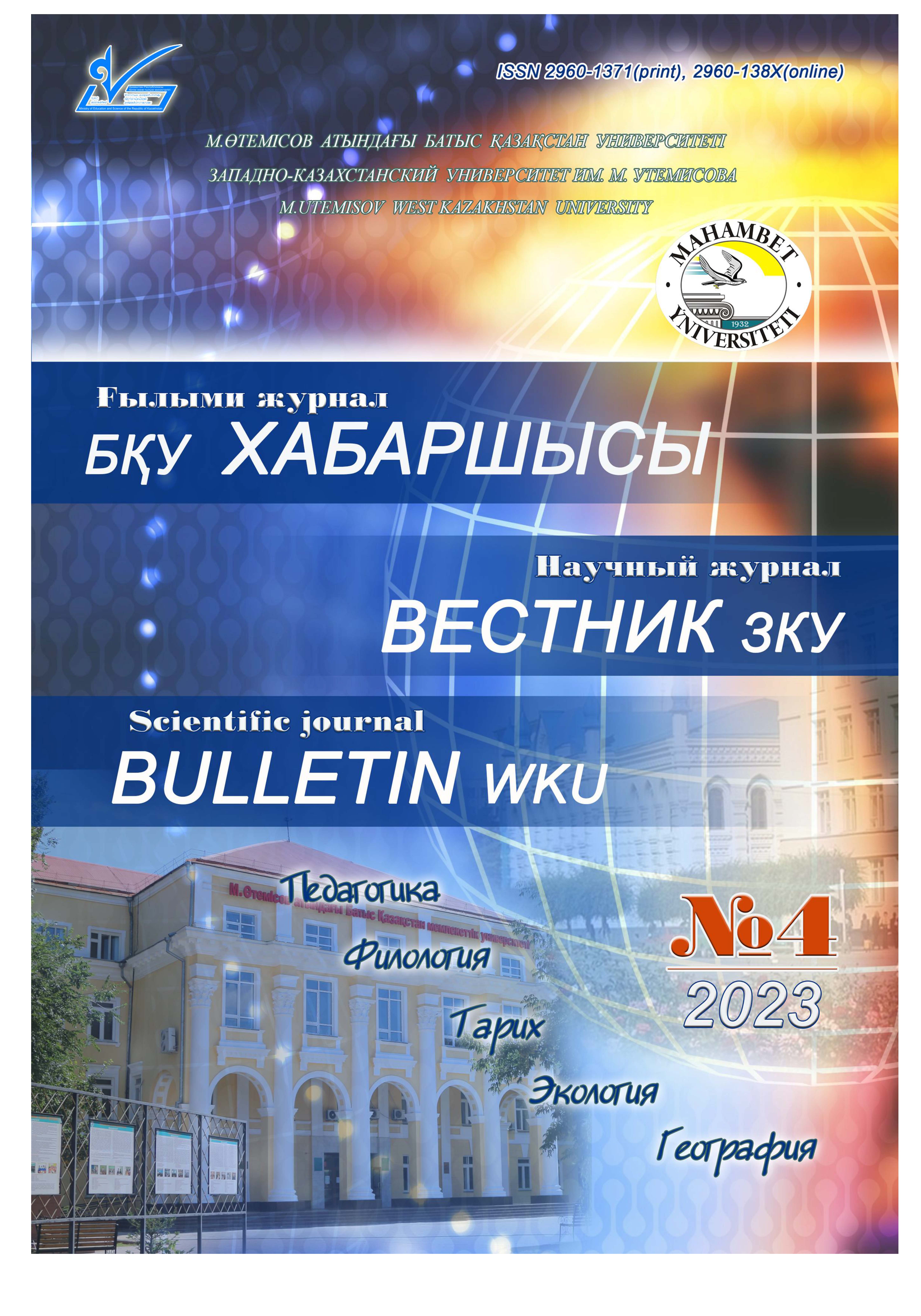REMOTE SENSING OF CHLOROPHYLL LEVELS IN OXBOW LAKES WITH VARIABLE WATER VOLUME IMPLEMENTED WITH SENTINEL-2
Abstract
Although in an era of climate change and increasingly violent weather events, extreme events (flooding vs. desiccation) cannot be eliminated, and their management in river floodplains can significantly contribute. The article focuses on the role played by oxbow lakes in water accumulation and primary production using a section of the Ural River valley (western Kazakhstan) as an example. The level of water accumulation in these areas significantly changed between spring and summer. The area is also an important site of primary production. Chlorophyll-a can be used as a proxy for the amount of phytoplankton and is an important water quality parameter. This ecological formation in oxbow lakes causes selective absorption of light by chlorophyll-a pigment that can be identified by remote sensing of watercolor. Using satellite imagery has proven to be an excellent tool for assessing the potential of the floodplain and selecting sites of monitoring interest. In this way, it was pointed out that the role of river basins is to increase the resilience of the basin to climate and anthropogenic changes, as well as to increase water security, improve water quality, and enhance ecosystem services for society.



